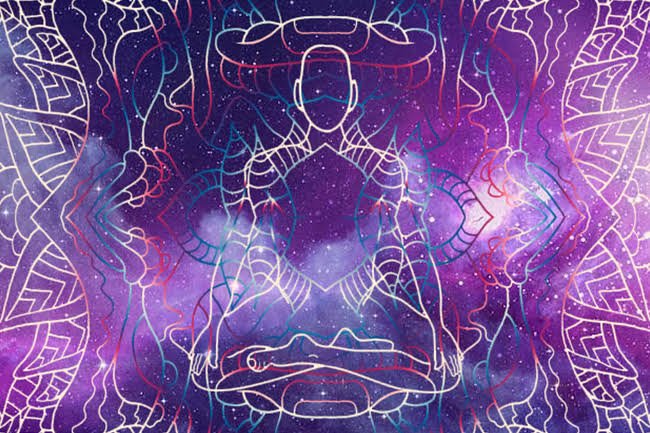Flexing the Feet
QUESTION: Mar 7, 2022
Hi Nicky and James
In Ashtanga Vinyasa Yoga they seem to generally point their toes (plantar flex) and in Iyengar Yoga they generally do the opposite (dorsi flex).
What are your thoughts on the advantages and disadvantages on these actions – dorsi or plantar flex ?
ANSWER: From: Knoffyoga <james@knoffyoga.com>
March 7, 2022
Howdy Lori, In Knoff Yoga, you will not be surprised to learn we work ALL the muscles in the feet and not just one side or the other. Flexing the feet also requires working the muscles of the legs.
To find the correct balance in activation, sit in a chair and stretch out a leg.
Then plantar flex the foot and feel which muscles are engaged (back of the lower leg).
Plantar flexion is the movement that allows you to press the gas pedal of your car. It also allows ballet dancers to stand on their toes. The term plantar flexion refers to the movement of the foot in a downward motion away from the body.
Then, dorsi flex and feel which muscles are engaged, the opposite (front of the lower leg).
Dorsiflexion is the backward bending and contracting of your hand or foot. This is the extension of your foot at the ankle and your hand at the wrist. You can also dorsiflex your fingers and toes, though usually the term is referring to your wrist or ankle.
You can actually see these muscular activations.
The goal in Knoff Yoga is to work the feet so both aspects are engaged equally, which takes a lot more awareness and sensitivity and provides a deeper body/mind connection, this in turn provides more control.
Find the half way point between the two flexes, spread the toes and engage the arch.
I call this the ‘accelerator’ action of the feet and is the preferred option in all poses where accessible, e.g. headstand, shoulderstand, forward bends etc.
Related posts
Energy
Western medicine does not yet have a concept of “energy” like what you find in the ancient concepts from the East, be they Indian (Prana), Chinese (Chi), or Japanese (Ki). Therefore you have to look at the traditional understandings, e.g. yoga and traditional Chinese medicine and filter it through the Western anatomical approach to health. […]
Discovery Level 1 Teacher Training Course
The Level 1 – Discovery course is the first of our 9 levels. It is specifically designed to get you up and running as a yoga teacher with comprehensive tuition, a Teacher Training Handbook, Level 1 – Discovery Asana and Pranayama Manual and your Teaching Certificate (providing you graduate). In 5 days you will learn […]
Melbourne Event-1
Mauris in enim in velit feugiat interdum eu vel dui. Ut laoreet id ex vitae tempus. Integer tristique mi ipsum. Cras et lectus non nisl imperdiet consequat non nec mi. Vestibulum dui velit, euismod quis tortor vitae, scelerisque dapibus odio. Mauris in enim in velit feugiat interdum eu vel dui. Ut laoreet id ex vitae […]





